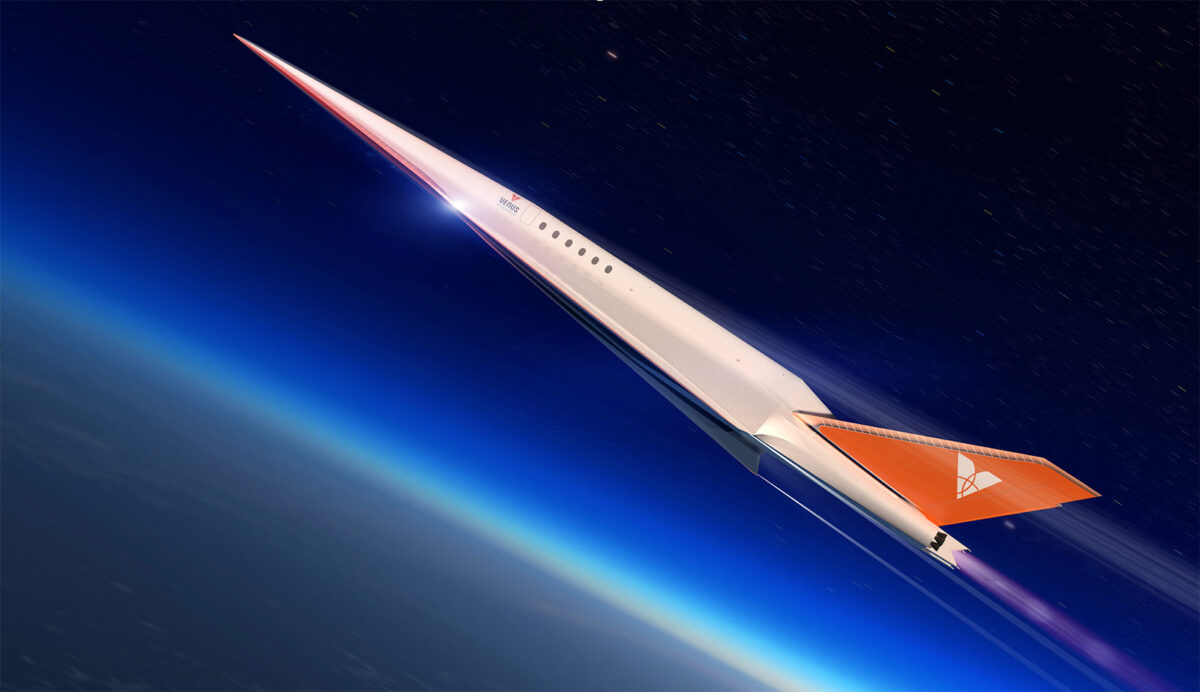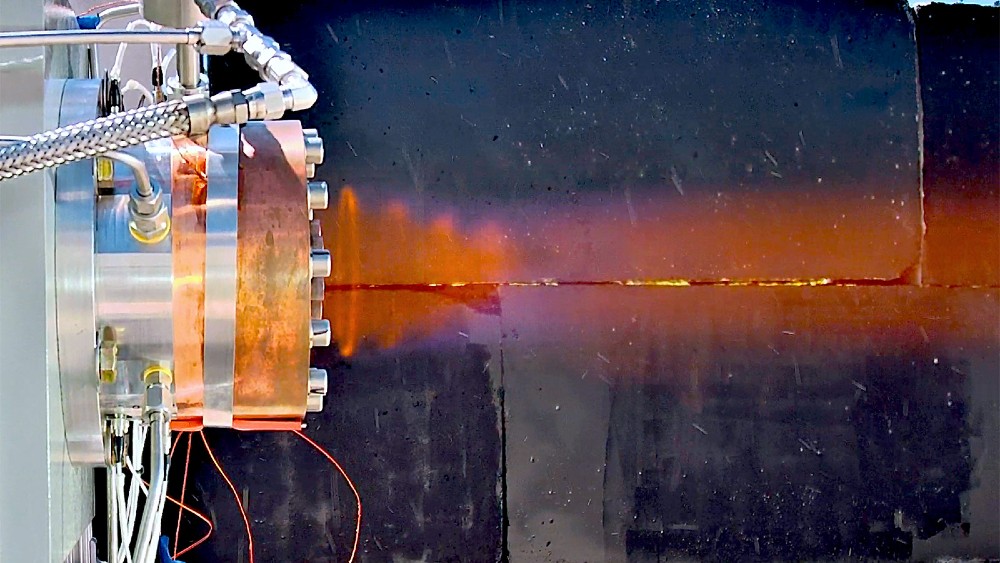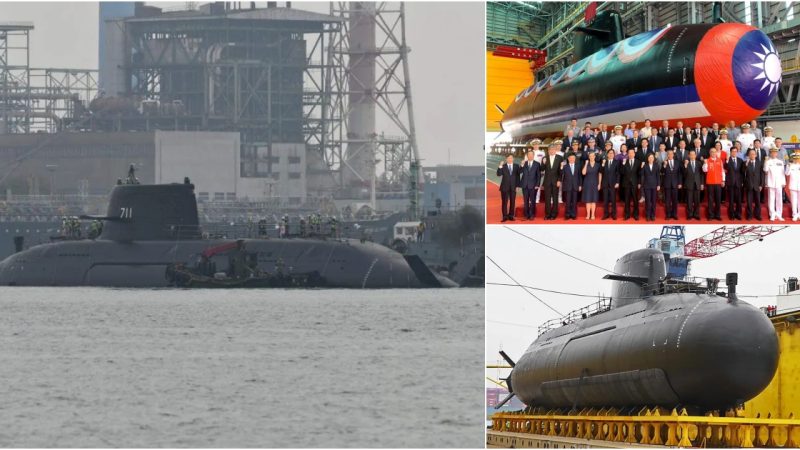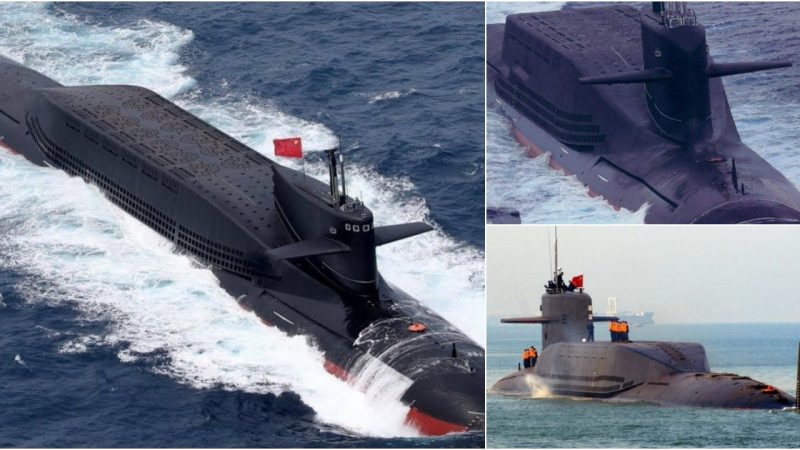Venus Aerospace: Pioneering Hypersonic Travel
In a world where technological boundaries are constantly pushed, Venus Aerospace stands at the forefront of innovation, working diligently to turn science fiction into reality. This Houston-based company has embarked on a mission to create a hypersonic aircraft known as the Stargazer, capable of carrying around a dozen passengers at Mach 9, which is an astonishing nine times the speed of sound. With its impressive dimensions, measuring 150 feet in length by 100 feet in width, the Stargazer is set to connect distant cities across the globe, hurtling through the skies at a staggering speed of 6,905 miles per hour, all while maintaining an altitude of 170,000 feet.
Hypersonic travel, defined as speeds five times the speed of sound, has long been a dream of aviation enthusiasts. To put this achievement in perspective, the last commercial supersonic jet, the Concorde, operated at Mach 2, equivalent to around 1,535 miles per hour. Even the legendary Lockheed SR-71 “Blackbird” only reached Mach 3.2, which translates to 2,455 miles per hour.
One of the driving forces behind Venus Aerospace’s ambitious endeavor is co-founder and Chief Technology Officer, Andrew Duggleby. He aims to realize the vision of the Stargazer through a groundbreaking rotating-detonation engine that spins at a remarkable 20,000 rotations per second. This engine design enables continuous supersonic combustion within the engine, as demonstrated by the company’s recent successful prototype test at its Spaceport Houston headquarters.
The rotating-detonation engine is more fuel-efficient, burning 20 percent less fuel compared to conventional engines, and it has gained support from the U.S. Navy. While the concept of rotating detonation has been tested before, Venus Aerospace’s trial marked a significant breakthrough by employing room-temperature storable propellants, making the engine more feasible for use in aircraft. “We now have both the technical knowledge and engineering capability to advance to the next stages of development and flight testing,” stated Duggleby.
The Stargazer, with a takeoff weight of 150,000 pounds, will employ conventional jet engines during takeoff, transitioning to rockets once it reaches the desired altitude. Although the aircraft’s route will not technically enter space or cross the Kármán line, which lies 100 kilometers above Earth’s surface, it will reach a height sufficient to offer passengers a breathtaking view of the Earth’s curvature and the inky blackness of space.
The success of the Stargazer and its rotating-detonation engine marks a pivotal step toward realizing hypersonic travel for both defense applications and eventually commercial high-speed transportation, as lauded by Jim Bridenstine, former NASA administrator and U.S. Congressman.
Since 2020, Venus Aerospace has been dedicated to the development of hypersonic aircraft, securing $33 million in funding for this monumental project. The company is poised to conduct hypersonic flight tests using a 20-foot drone, with the ultimate goal of achieving Mach 5 speeds. Upon achieving this milestone, Venus Aerospace will proceed with the construction of the Stargazer prototype. While no official release date has been announced, the future of hypersonic air travel is quickly approaching.
The concept of hypersonic business jets is not limited to Venus Aerospace. Other firms, such as Sierra Space, are working on projects like the “Dream Chaser,” while Atlanta-based Hermeus is developing a Mach 5 aircraft known as the “Quarterhorse.” China’s Space Transportation is also in the race, designing a 12-passenger jet capable of flying at 4,350 miles per hour, potentially revolutionizing long-haul air travel by enabling routes like New York to Beijing in just one hour.
Virgin Galactic, known for its pioneering efforts in space tourism, has its sights set on supersonic travel for city-to-city transportation. Their Unity 2 aircraft achieved an impressive speed of Mach 2.47, surpassing the Concorde’s previous record of Mach 2.02 in 2018.
In this era of relentless innovation and technological advancement, the dream of hypersonic travel is steadily becoming a reality, with Venus Aerospace leading the way. With visionary leaders like Andrew Duggleby and a strong commitment to pushing the boundaries of what’s possible, we can look forward to a future where hypersonic flights become a commonplace mode of transportation, revolutionizing the way we connect and explore the world.

:format(jpg)/f.elconfidencial.com%2Foriginal%2F56b%2F2d7%2F407%2F56b2d740769cccc3b0d72599ac1a146e.jpg)

:format(jpg)/f.elconfidencial.com%2Foriginal%2F8ee%2F98c%2F1e0%2F8ee98c1e0a34538e8185e7b5159516d9.jpg)







